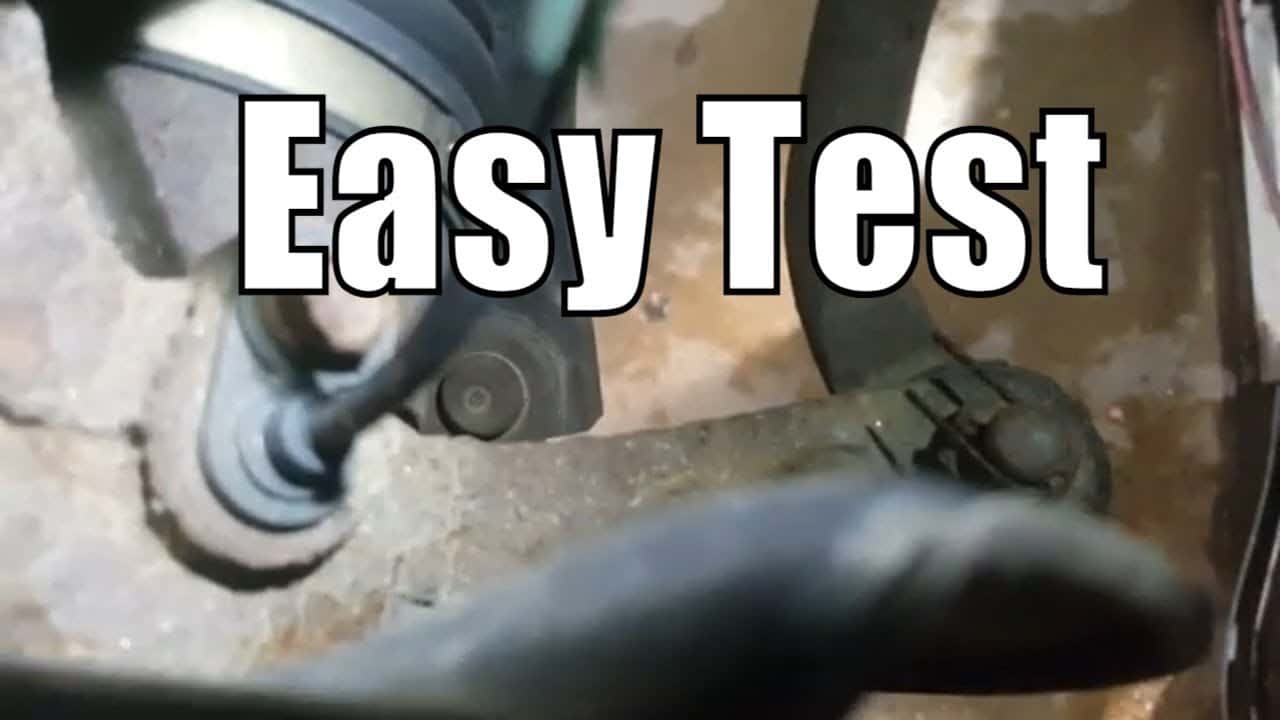In this video we have a Honda Civic with an ABS light on I have stored codes for the left front wheel speed sensor. And a lot of cases it will set these codes falsely or will have premature ABS activation if there is rust build-up underneath where the sensor mounts into the Hub. Removing the ABS sensor and cleaning the rust from underneath the Hub and a lot of cases it could fix the ABS problem in your Honda. The ABS sensors are also interchangeable from side to side so you can swap them and see if the code goes to the other side. If it does the center will need to be replaced.
The ABS light is on comes on with a code 22-11 for the left front wheel speed sensor. If the light doesn’t come on it goes in to a false ABS activation when coming to a stop. The wheel bearing was noisy and was replaced and now it has this problem, didn’t have the problem prior to wheel bearing replacement.
Average Reported Mileage: 71461
Tests/Procedures: 1. This system uses a wheel speed sensor that produces a square wave signal that is sent back to the ABS control unit. Test the positive wire to the sensor for close to battery voltage. Test the wire labeled ground on the wire diagram for a square wave signal while the wheel is spinning. If there is no signal, verify the wheel bearing is installed properly. The wheel bearing has a magnetic encoder built in to it and the magnetic side (commonly the Brown side) needs to be towards the inside of the spindle. If the wheel bearing is installed backwards the sensor can not produce a signal.
- Inspect for damaged wiring or connections at that speed sensor.
- If the problem is not wheel bearing related and not caused by damaged wiring or poor connections, it is possible the wheel speed sensor may have been damaged during repairs. Try swapping this sensor with one of the other wheel speed sensors and see if the problem follows the sensor.
Check out The Flat Rate Mechanics Tool Store on Amazon https://goo.gl/M8MpdC
Subscribe to my youtube channel here: https://goo.gl/j1pCfn



